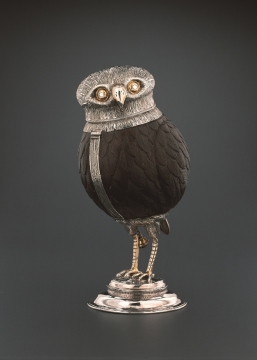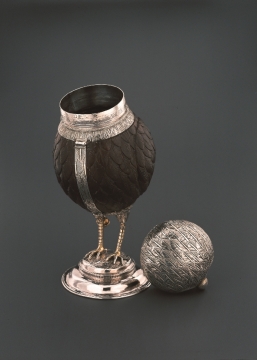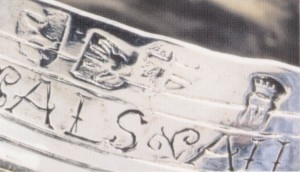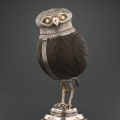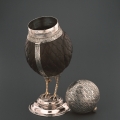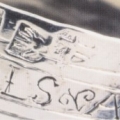1548-1549
Type:
Ewer
Material / technique:
Coconut, silver and silver gilt
Dimensions:
17 cm H
Type of acquisition:
Acquired by the Heritage Fund
Year of acquisition:
2002
Depository institution:
DIVA – Museum of Silverwork, Jewellery and Diamonds, Antwerp
